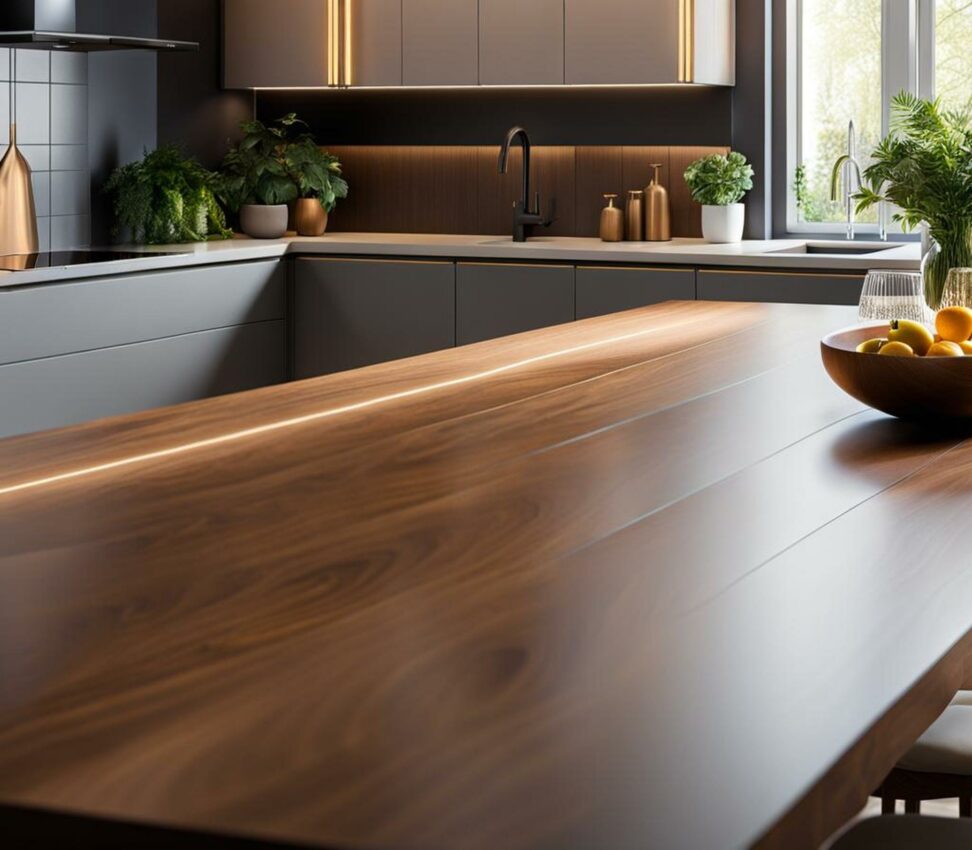Standard Width for Spacious Kitchen Tables
When designing your dream kitchen, choosing the perfect kitchen table is an important decision. You likely spend meaningful time gathered around it with friends and family, so comfort and functionality should be top priorities.
The standard width for a kitchen table is generally between 36 and 42 inches. This size range allows for spacious, comfortable seating while accommodating dishes and glassware. It prevents a cramped feeling so you and your guests can enjoy your time together.
What is Considered the Standard Width?
The most common width for kitchen tables falls between 36 and 42 inches. This size range is widely recognized as the comfortable standard for seating multiple people while providing sufficient surface area.

A width of 36 to 42 inches can easily accommodate standard place settings, plates, bowls, and glassware for each person without things feeling crowded or cramped. This table width allows you and your guests to access food and drinks comfortably without bumping elbows.
Why 36-42 Inches is Ideal
There are several key reasons why a 36 to 42 inch kitchen table is considered the ideal width for functionality and comfort:
- Allows comfortable seating room for all guests
- Provides functionality and practical surface area for serving
- Fits nicely with various table shape options
With proper clearance, a table measuring 36 to 42 inches wide has space for chairs to slide out without bumping into surrounding objects. This allows freedom of movement so people aren't cramped together elbow-to-elbow.
A tabletop width in this range also offers ample functional surface area for serving platters, dishes, bowls and more during meals without things feeling cluttered. There's space for multiple place settings to fit comfortably.
This standard width is suitable for round, square or rectangular tables. An oval table would need proper width through the middle portion. Just keep overall kitchen dimensions and layout in mind when choosing specific table shapes.
Factoring In Kitchen Size and Layout
Finding the right kitchen table width ultimately depends on your available space. It's important to balance your desired size with what realistically fits in your kitchen without cramping walkways.
Consider existing kitchen traffic flows when positioning a new table. You want to ensure enough room for comfortable movement around it, especially if it will be pushed against a wall or into a corner area.
Measure thoroughly so there's ample allowance for chairs being tucked in and pulled out without blocking doorways or intersections with counter spaces and islands. This prevents backup or collisions among those sitting and moving around the table.
Allowing Proper Clearance
On the sides of your ideal 36 to 42 inch kitchen table, be sure to allow for proper clearance to the edge of surrounding walls, counters or furniture pieces.
It's recommended to have at least 12 inches of padding space so chairs can freely slide in and out without bumping into objects. This prevents a cramped feeling for those sitting around the table perimeter.
Without proper side and corner clearances, place settings and tabletop items can also feel uncomfortably crammed even if the table itself is an appropriate width.
Prioritizing Practicality Over Aesthetics
When selecting your kitchen table size, it's often better to prioritize functionality over aesthetics alone. An extra few inches of width can make a big difference for practical everyday use and entertaining.
A slightly oversized table allows for more comfortable circulation compared to one scaled precisely to fit a space. It also provides bonus surface area for serving dishes, food and glassware when hosting gatherings.
This extra width helps make clean-up easier since you aren't cramming everything together. The additional elbow room is also useful for families eating every day meals together.
Incorporating Storage Solutions
Some popular kitchen table choices incorporate storage solutions like drawers, cabinets and shelves directly into the base. This helps maximize space efficiency.
Built-in storage keeps the tabletop clear for dining and entertaining use while hiding frequently used serving ware and kitchen items conveniently within reach. It also takes pressure off other cabinetry to hold essentials.
Choosing a Style for Your Kitchen
While following standard kitchen table width recommendations, don't forget to choose a style that aligns with your kitchen's overall design aesthetic.
Consider finishes and materials that complement existing cabinetry and hardware. Also think about table bases and leg designs that fit your decor better - traditional versus modern, painted versus wood, ornate versus sleek.
A table width of 36 to 42 inches gives you ample standard size options across various styles to match other kitchen elements seamlessly so everything flows visually.
When used appropriately for your kitchen's dimensions, a standard width of 36 to 42 inches is widely considered an ideal table size for spacious, multifunctional dining.
This range allows comfortable movement around the table along with ample surface area for place settings, serving dishes and clean circulation. It promotes quality time spent gathered without feeling cramped or crowded.
Be sure to measure carefully, account for chair clearance, and choose a style aligning with your overall kitchen aesthetic. Keep functionality at the forefront and find the standard table width that best suits your lifestyle.